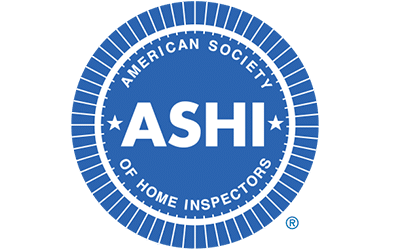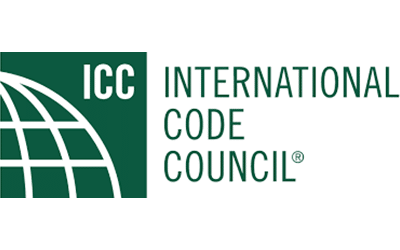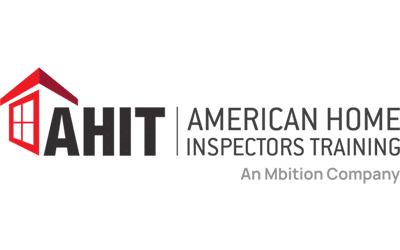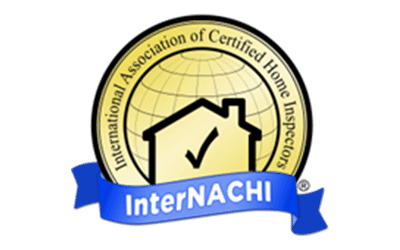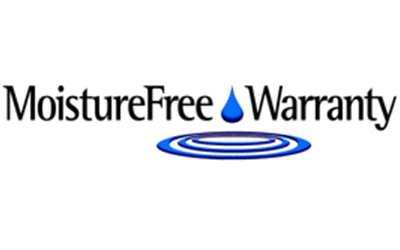Mold Prevention Tips for Atlanta Homeowners
Understanding the Risk:
Before delving into prevention strategies, it’s essential to understand why storm season poses a heightened risk for mold growth in Atlanta homes. The combination of heavy rainfall, high humidity levels, and potential water intrusion during storms creates the perfect breeding ground for mold spores. Additionally, storm-related damage such as roof leaks, flooding, and water seepage can further exacerbate the problem, leading to rapid mold growth if not addressed promptly.
Key Strategies for Mold Prevention
Maintain Proper Ventilation
Proper ventilation is essential for regulating humidity levels and preventing mold growth within your home. Start by ensuring that high-moisture areas—like bathrooms and kitchens—are equipped with exhaust fans. These fans should be vented outside to effectively expel humid air. Additionally, during warmer months, consider using a dehumidifier to extract excess moisture from the air, particularly in basements and laundry rooms where humidity often accumulates. Opening windows on dry days can also enhance airflow, helping to keep indoor humidity in check.
Inspect and Repair Roof Damage
Your roof serves as the first line of defense against water intrusion, especially during storms. Regularly inspect your roof for any signs of damage, such as missing or cracked shingles, compromised flashing, or worn seals around vents. Look for leaks or stains on the ceilings that might indicate roof issues. Promptly addressing any problems—whether through repairs or complete replacement—can significantly reduce the risk of water seeping into your home, particularly in vulnerable areas like the attic and ceilings, where mold can thrive if left unchecked.
Seal Windows and Doors
Leaky windows and doors are a common source of water infiltration, which can lead to moisture buildup and mold growth. Check for gaps, cracks, or deteriorated seals around these entry points. Applying weatherstripping or caulking can effectively seal these openings. For added protection against severe weather, consider installing storm shutters or specialized seals that can withstand heavy rain and wind. Regularly maintaining these seals is critical, especially before seasonal changes.
Maintain Gutters and Downspouts
Gutters and downspouts play a vital role in directing rainwater away from your home. Clogged gutters can cause overflow, leading to water pooling around your foundation, which increases the risk of mold growth in basements or crawl spaces. To prevent this, clean your gutters at least twice a year, and after significant storms or when leaves fall. Ensure downspouts are directed away from the foundation, ideally extending at least three to four feet away to avoid pooling near your home.
Address Plumbing Leaks Promptly
Minor plumbing leaks may seem inconsequential, but they can lead to extensive water damage and mold growth if not addressed quickly. Regularly inspect plumbing fixtures, including sinks, toilets, and appliances, for any signs of leaks or water damage, such as discoloration or moisture buildup. If you detect a leak, repair or replace faulty components immediately. Also, consider checking hidden areas like behind appliances or under sinks to catch leaks early.
Monitor Indoor Humidity Levels
Investing in a hygrometer can help you keep an eye on your indoor humidity levels. The ideal indoor humidity should be maintained below 60% to effectively inhibit mold growth. If you find that humidity levels exceed this threshold, take immediate action. Use ventilation methods, dehumidifiers, or air conditioning to lower moisture levels. Be especially vigilant during humid seasons or after activities that generate moisture, such as cooking or showering.
Properly Dry Wet Materials
In the unfortunate event of water intrusion or flooding, time is of the essence. Quickly drying out affected materials is crucial to preventing mold growth. Utilize fans, dehumidifiers, and moisture-absorbing materials to expedite the drying process. If any materials—such as drywall, carpeting, or insulation—become saturated and cannot be salvaged, remove and replace them promptly. Ensure that the area is thoroughly dried within 24-48 hours to minimize the risk of mold colonization.
Invest in Professional Mold Remediation
Despite your best prevention efforts, mold may still find a way to establish itself in your home. If you discover mold growth, seeking professional mold remediation services is essential. Mold remediation experts have the training, tools, and techniques necessary to safely and effectively remove mold colonies. They can also identify the source of moisture that allowed the mold to thrive, ensuring that the problem is addressed at its root. Professional remediation not only restores your home’s health but also provides peace of mind for you and your family.
In Atlanta, Georgia, homeowners must prioritize mold prevention to safeguard their homes and families. By implementing the strategies outlined in this guide, you can minimize the risk of mold growth and protect your property from the damaging effects of excess moisture. Remember to stay vigilant, perform regular maintenance checks, and address any issues promptly to ensure a mold-free home environment. With proper prevention measures in place, you can enjoy peace of mind knowing that your home is resilient against the challenges of storm season.
For additional questions or to speak with a mold professional, contact our preferred Mold Remediation partner, One Stop Restoration – 404-939-4999.
